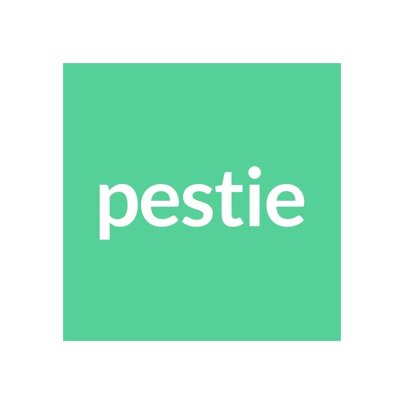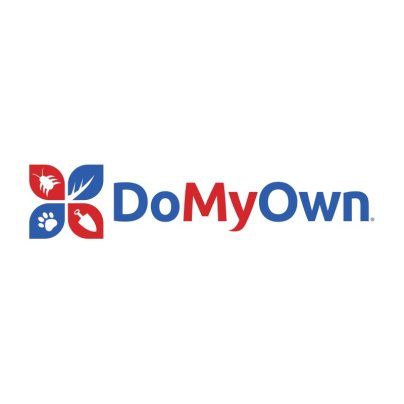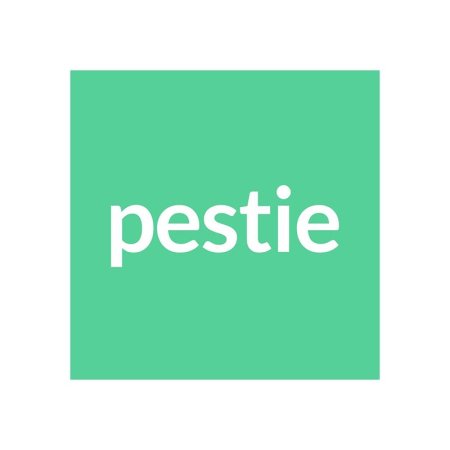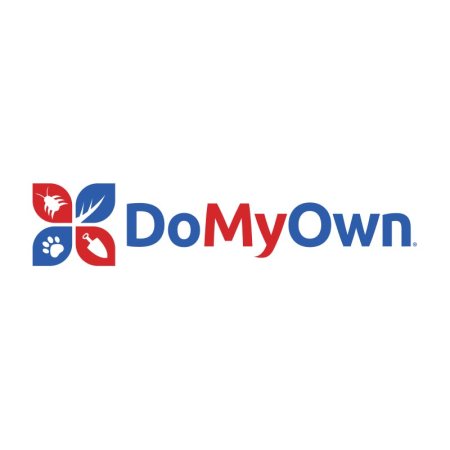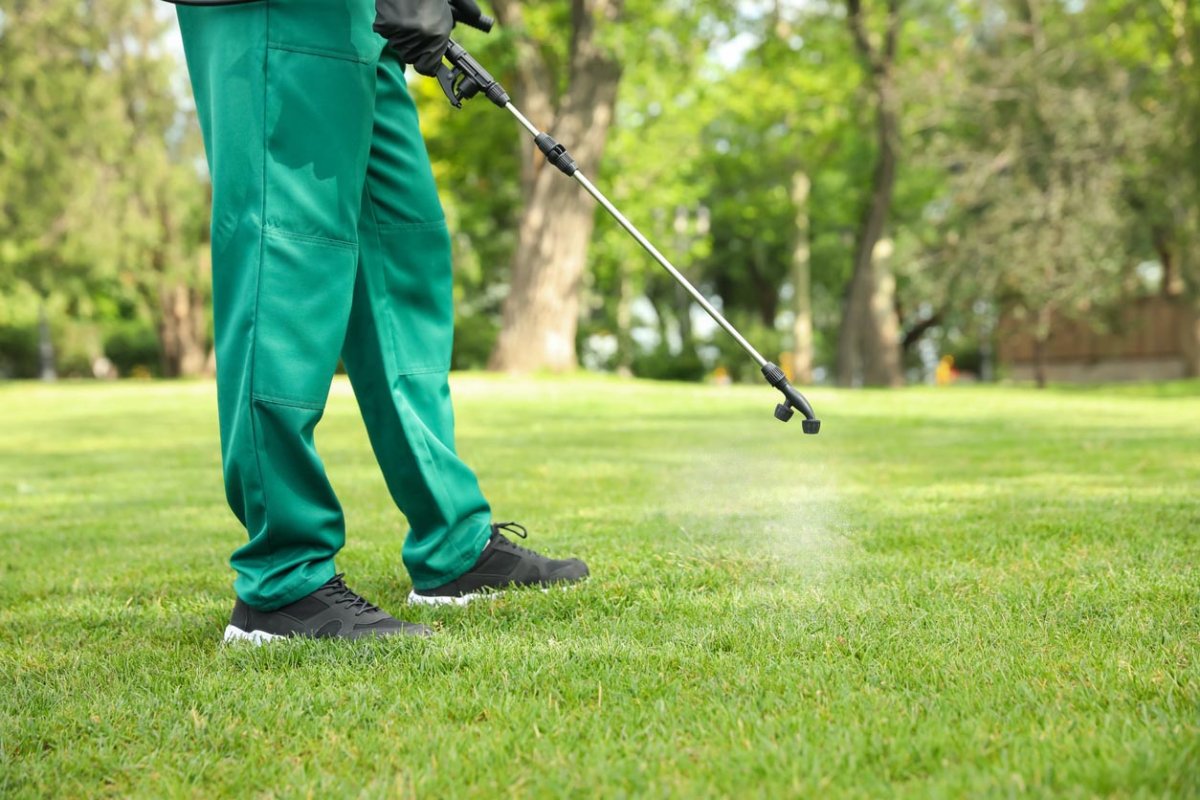
We may earn revenue from the products available on this page and participate in affiliate programs. Learn More ›
While a professional pest control service may be the most effective way of keeping creepy crawlies out of one’s house, such services often aren’t in the annual household budget. Fortunately, there are subscription-based pest control DIY kits that offer a similar level of protection at a fraction of the cost. Many even use the same chemicals and methods the pros use.
These subscription-based services send customers a pest control DIY kit customized to suit the size of their home or yard and the pests they are battling. These kits also take the guesswork out of pest control by including detailed instructions for how to apply the product. Ahead, shoppers can learn more about what to look for in the best DIY pest control services.
- BEST OVERALL: Sunday Lawn Care
- RUNNER-UP: Pestie
- ALSO CONSIDER: DoMyOwn Pest Box
At-A-Glance Comparison
| Types of Pests Treated | Active Ingredients | Plan Customization Parameters | Cost | |
| Sunday Lawn Care | Insects | Pyrethrin, canola oil, cedar oil, lemongrass oil, spinosad | By needs and location | $63, $98, or $163 per year for Total Home Pest Protection Plan |
| Pestie | Insects | Indoxacarb, lambda-cyhalothrin, thiamethoxam, imidacloprid, beta-cyfluthrin, gamma-cyhalothrin | By location | $140 for prepaid yearly subscription; $45 for quarterly subscription ($180 total); $55 for one-time purchase |
| DoMyOwn Pest Box | Insects | Indoxacarb, beta-cyfluthrin, imidacloprid, lambda-cyhalothrin, thiamethoxam | By home size and location | $9.98 to $29.98 per month |
Our Top Picks
The services below offer some of the most effective and affordable ways to handle pest control with products and ingredients similar to those used by some of the best pest control companies like Orkin and Terminix. Whether a customer wants gentler DIY organic pest control or needs a heavy-duty solution to wipe out an infestation, this list contains the best options.
Best Overall
Sunday Lawn Care
Pros
- Streamlined yet comprehensive online subscription process
- Custom plans determined by customer’s unique needs and location
- Relatively low-risk active ingredients
- Relatively affordable cost
- Individual products available for purchase
Cons
- Annual commitment required for all plans
Specs
- Types of pests treated: Insects
- Active ingredients: Pyrethrin, canola oil, cedar oil, lemongrass oil, spinosad
- Plan customization parameters: By needs and location
- Cost: $63, $98, or $163 per year for Total Home Pest Protection Plan
Why It Made the Cut: Sunday Lawn Care provides customized, affordable pest control products to meet each customer’s specific needs while employing relatively low-risk ingredients. The streamlined online experience helps customers easily choose subscription plans or order individual products.
With its use of low-risk ingredients and ability to customize each shipment to meet the specific needs of its customers, Sunday is a worthy option for DIY pest control. When signing up, users complete a quick online questionnaire that allows Sunday to customize their package by location and needs. Each plan is tailored to the customer’s circumstances, including the types of pests they want to address, the severity of their pest problem, where infestations are located on their property, whether they have pets or children in the home, and how often they spend time in affected areas. This process allows for more targeted treatments that can address pests and prevent infestations more effectively. Once the customer subscribes, Sunday ships the treatments and detailed step-by-step instructions for when and how to apply the pesticides. Customers sign up for an entire year up front and will receive the next package when it’s time to reapply the products.
Since Sunday’s treatments include low-risk active ingredients, such as naturally derived pyrethrin, lemongrass oil, cedar oil, and spinosad, it’s a reliable human-, pet-, and wildlife-friendly pest control. The plans are relatively affordable, so pest control doesn’t break the bank, and customers can purchase individual products without signing up for a subscription. This provides homeowners with different options to address their pest control needs, whether they want to sign up for ongoing treatment or need a one-off solution to remove pests from their home, garden, or other areas of their property.
Sunday Lawn Care is a 2024 recipient of BobVila.com’s Home Improvement Hero designation.
 Home Improvement Heroes recognizes the best companies homeowners could call for a problem, project, or service. Our editorial team used a rigorous process to evaluate based on availability, skills, range of services, cost, customer reviews, guarantees, refund policy, customer support, and more. We then independently reviewed each company and hired some for our projects for consideration. See the full list of honorees.
Home Improvement Heroes recognizes the best companies homeowners could call for a problem, project, or service. Our editorial team used a rigorous process to evaluate based on availability, skills, range of services, cost, customer reviews, guarantees, refund policy, customer support, and more. We then independently reviewed each company and hired some for our projects for consideration. See the full list of honorees.
Runner-Up
Pestie
Pros
- Professional-grade treatments
- Easy-to-use disposable products
- Rotating preventive perimeter treatments
Cons
- Naturally derived pesticides not included
- Limited pesticide information available
Specs
- Types of pests treated: Insects
- Active ingredients: Indoxacarb, lambda-cyhalothrin, thiamethoxam, imidacloprid, beta-cyfluthrin, gamma-cyhalothrin
- Plan customization parameters: By location
- Cost: $140 for prepaid yearly subscription; $45 for quarterly subscription ($180 total); $55 for one-time purchase
Why It Made the Cut: Pestie’s products consist of ingredients very similar to those used by professional pest control services and arrive in disposable, simple-to-use packaging for easy application. Subscribers receive customized preventive treatments on a regular basis for year-round protection.
Pestie offers DIY pest prevention and control that’s perhaps the closest in effectiveness to what customers would get from a professional pest control company but at a fraction of the cost of what those services charge. However, the ingredients used can pose a higher risk of toxicity, and the company does not offer naturally derived alternatives, so customers will want to closely follow the instructions to ensure safe application. It’s also worth noting that details about the ingredients in Pestie’s products are somewhat limited, so if this is a concern, customers may need to do additional research or contact the company for more information.
Since Pestie delivers its product when it’s time to apply it, the customer doesn’t have to find a place to store the pesticide between treatments. Pestie takes the mystery out of where and how to best apply its products by packaging them in a plastic application bag that’s easy to use with detailed step-by-step instructions for each application. Once the product is used up, customers can throw out the application bag, so there’s no need to make extra space in the garage to store leftover product. Pestie also rotates the pesticides the customer receives for DIY pest prevention throughout the year. In fact, the company assesses weather patterns, common pests in a particular area, and seasonal shifts in pest activity to create subscription boxes that will be most effective given a home’s specific location and the time of year.
Pros
- Professional-grade treatments
- Rotating preventive perimeter treatments
- Termite and rodent pest control products available
Cons
- Naturally derived pesticides not included
- No indoor products included
Specs
- Types of pests treated: Insects
- Active ingredients: Indoxacarb, beta-cyfluthrin, imidacloprid, lambda-cyhalothrin, thiamethoxam
- Plan customization parameters: By home size and location
- Cost: $9.98 to $29.98 per month
Why It Made the Cut: DoMyOwn Pest Box uses professional-grade pesticides that are proven to be effective. The company also offers rotating treatment plans with costs starting at less than $10 per month, as well as separate termite and rodent pest control solutions.
DoMyOwn Pest Box is a great option for those who want a commercial-strength product to solve their outdoor pest issues. While the subscription service does not include pest control treatments for indoor use, individual indoor products can be purchased on the company’s website. The company tailors its products based on the location and size of the property, so customers can expect to get treatments that work on the most common pests in their geographic location. Customers can even buy stand-alone solutions to address termites and rodents—two kinds of pests that aren’t typically covered in other DIY pest control services.
DoMyOwn Pest Box’s pesticides include such active ingredients as indoxacarb, beta-cyfluthrin, imidacloprid, lambda-cyhalothrin, and thiamethoxam, which are the same active ingredients the pros use to take out pests. While this makes the products very effective, these chemicals also present a higher risk and require careful application. DoMyOwn Pest Box rotates its treatments with each shipment to target a broad range of pests year-round and ensure pest control and prevention are effective. Pests can build up a resistance to pesticides after repeated exposure. By rotating treatments throughout the year, homeowners can better address their pest control needs and more effectively prevent infestations on their property.
Our Verdict
Sunday Lawn Care offers an effective and affordable DIY pest control service that uses ingredients considered to be generally safe for use around humans, wildlife, and pets. These qualities make it the best all-around option for those looking to handle pest control on their own. Those looking for a service that uses professional-grade chemicals may want to consider Pestie.
How We Chose the Best DIY Pest Control Subscription Services
We considered several factors when choosing the top services for our list. Most people who choose a DIY pest control service do so because they’re seeking an affordable alternative to the many professional services that are out there. With that in mind, we chose services that offer products that are as effective or nearly as effective as professional pest control services.
Our list also includes products with chemicals that are relatively low-risk for humans and animals, but we also vetted potentially higher-risk ingredients that are more effective at controlling pests. Since pest control varies depending on the size and location of one’s home, we chose services that tailor their product to meet the customer based on the pests common to their geographic location and the size of the area they need to treat.
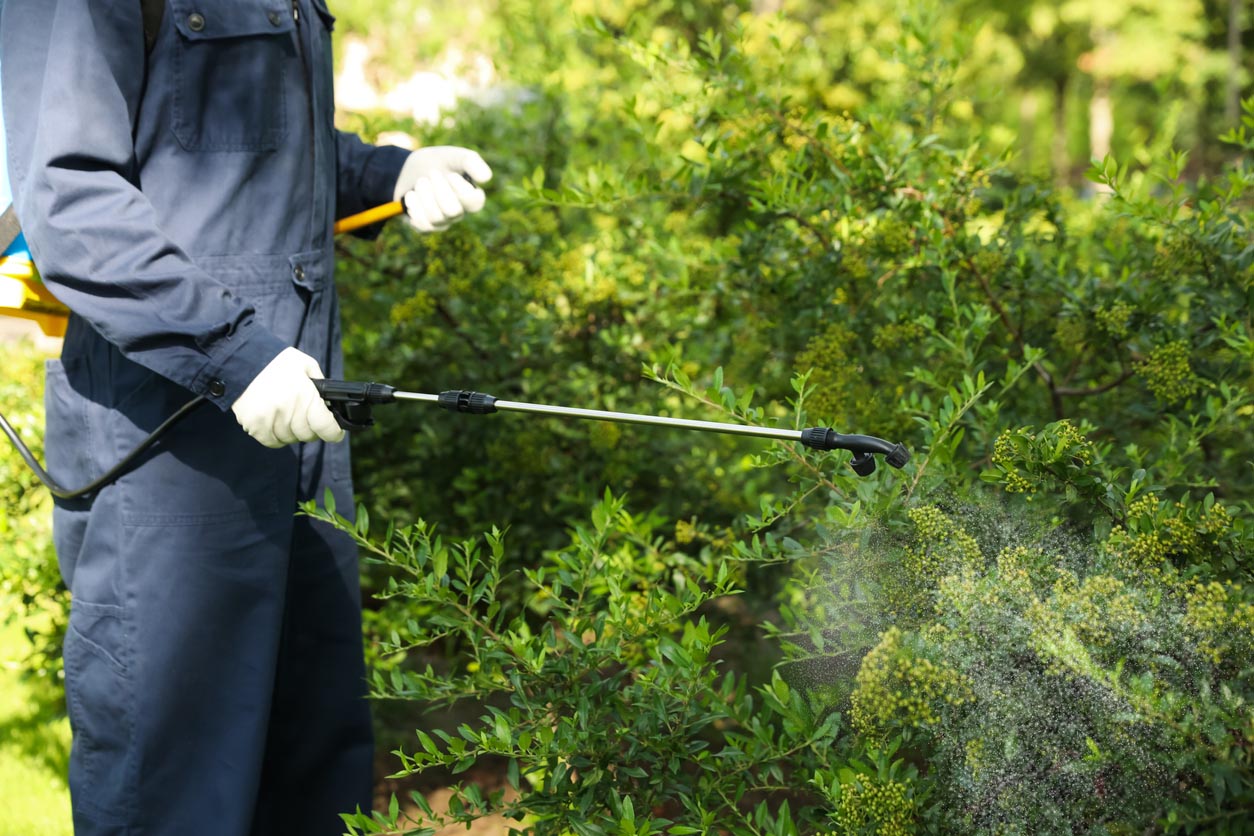
What to Consider When Choosing a DIY Pest Control Subscription Service
Understanding what types of pests these services target and the chemicals they use to take them out are just two key factors to consider when shopping for a DIY indoor pest control service. Shoppers wondering “How can I do my own pest control?” will want to carefully consider the best subscription options on the market before making their decision.
Types of Pests Treated
A do-it-yourself pest control product isn’t much good if it doesn’t work on the pests that are invading one’s home or yard. When shopping for a pest control service, customers will first want to identify which pests are creating problems in the yard, then identify the service that offers solutions designed to eliminate those invaders. Customers won’t want to assume that just any pest control system will work for their property. For example, if a customer is specifically looking to tackle grubs in the garden, it’s best to look for specific DIY garden pest control products rather than those designed for more general usage.
Likewise, shoppers will want to consider the effects the pesticide may have on beneficial insects, such as honey bees, ladybugs, and earthworms. Keeping these factors in mind, customers can choose a product that best targets their pests while doing minimal collateral damage to other insects.
Active Ingredients and Potential Risks
When looking for the best pest control spray for homes, homeowners will want to consider each product’s level of toxicity. Many ingredients in home pest control sprays from subscription services are the same as those of professionals, meaning customers can trust the products’ efficacy. But even DIY natural pest control products aren’t entirely without risk. For homeowners wondering if a particular pesticide is safe, they may want to keep in mind that toxicity levels and exposure times will determine the overall level of risk. With all chemicals, the dose makes the poison, so it’s often better to discuss the risk of a certain pesticide rather than its safety. A product can be extremely safe to humans and pets in the dosages it’s applied on a lawn, but it won’t be safe if it’s ingested.
The toxicity of pesticides is typically classified into four categories:
- Highly toxic: A few drops of this ingredient ingested could be fatal to a 150-pound adult.
- Moderately toxic: A teaspoon to an ounce of this ingredient ingested could be fatal to a 150-pound adult.
- Slightly toxic: An ounce of this ingredient ingested could be fatal to a 150-pound adult.
- Relatively or practically nontoxic: Over an ounce of this ingredient ingested could be fatal to a 150-pound adult.
All this being said, some customers prefer more “natural” products when handling pest control at home, and there are certainly precautionary steps that customers can take when evaluating a pest control product’s ingredients. Customers with pets will especially want to keep an eye out for DIY pet-friendly pest control products. Even solutions designed specifically for pest control for home use can still be harmful to pets. Homeowners may also want to consider their local surroundings and the environmental impact of using at-home pest control products. For instance, those who live near aquatic environments such as oceans, rivers, and lakes will want to consider how the chemicals they use to treat their home may impact these fragile ecosystems. Runoff from chemicals can seep into the groundwater or local waterways, so it’s essential to follow the company’s directions for applying these products. Products with these risks will typically advise users not to apply the products if rain is expected within 24 hours.
In general, reputable pest control subscription plans will provide detailed instructions on how best to use the products to minimize risk. Below are some popular pest control ingredients and their potential risks.
| Ingredient | Potential Risks |
| Pyrethrin |
|
| Cedar oil |
|
| Lemongrass oil |
|
| Geraniol |
|
| Canola oil |
|
| Cottonseed oil |
|
| Diatomaceous earth |
|
| Citronella oil |
|
| Cinnamon oil |
|
| Clove oil |
|
| Spinosad |
|
| Indoxacarb |
|
| Lambda-cyhalothrin |
|
| Thiamethoxam |
|
| Imidacloprid |
|
| Beta-cyfluthrin |
|
Plan Customization
One of the advantages of a DIY pest control subscription is that the products are tailored to meet the needs of the property. Companies accomplish this by using the customer’s geographic location to determine what pests they are most likely to encounter. The services can then use this information to choose the right active ingredients to include in the pest control products it sends out.
In addition to location, these services also assess the size of the home to determine how much product the customer needs to treat their pest problem. This level of customization sets these services apart from the various DIY pest control products available at local home improvement stores.
Subscription Plans and Cost
DIY pest control subscriptions often price their products at monthly, quarterly, or annual rates. The total price typically depends on the size of the property and the type and quantity of products required to treat it. Opting for a yearly subscription gives customers a discount, but many customers may want to try the product out before committing to a full year.
Before You Use a DIY Pest Control Subscription Service
The idea that pests will go away on their own is a pest control myth you shouldn’t believe. When deciding whether to subscribe to a DIY pest control service, it’s a good idea to first consider the severity of the problem. Most do-it-yourself pest control solutions create an exterior barrier that prevents pests from getting into the home. If pests have already invaded and set up shop, one may need a professional service to evict them. Some pests are particularly hard to eradicate, so even the best do-it-yourself termite treatments or the best bed bug sprays may not be as effective as hiring one of the best termite control services or bed bug exterminators.
There are also risks to consider. Many of the chemicals that DIY services use in their solutions are comparable in strength to the products professionals use. As such, they have the potential to harm whoever is applying them, as well as any animals or people who may come into contact with these chemicals. Customers who aren’t completely comfortable handling these chemicals on their own may find hiring a professional pest control service worth it.
The Cost of Using a DIY Pest Control Subscription Service
Perhaps the biggest incentive for customers to subscribe to a home pest control service is price. Most exterminators cost between $110 and $260 per visit, and many pest control methods require recurring treatments, not to mention the addition of an initial pest inspection cost. At the cost of between $80 and $350 a year, DIY pest control services offer a much more affordable alternative and use many of the same formulas that professional services use to control pests.
While this cost may be significantly higher than what one might spend for pest control products at their local home improvement store, these subscription services are usually much more effective since they are tailored to meet the needs of specific homes. The actual cost of the service depends on several factors, including the home’s location (which determines how susceptible the home is to certain pests) and its size.
The Advantages of Using a DIY Pest Control Subscription Service
There are many advantages to choosing a pest control subscription service. First and foremost, these services offer a cheaper option than professional pest control. For instance, hiring a profession to remove wasps may cost as much as $1,300, whereas a DIY pest control subscription service could be much less expensive. These services may also be more effective than homemade natural pest control remedies. Since these products are customized to meet the needs of a specific home and come with detailed application instructions, they’re often more effective than the pest control products found in local stores. Plus, these products usually use the same ingredients the pros use. There are also pest control options that use ingredients that are lower risk for humans and animals. These services also conveniently ship their products directly to customers’ homes regularly, so customers don’t have to think about restocking.
- Cheaper than professional pest control
- More effective than store-bought pest control products
- Include same ingredients the pros use
- Offer products with low-risk ingredients
- Conveniently ship products to the customer’s doorstep
FAQs
Ahead, find answers to some of the most pressing questions about pest control. Then you can learn how to spot the signs of an infestation and find out how to have a DIY pest-free home.
There are many clues you can look for to spot a pest infestation. Droppings in the living area are a telltale sign, as are footprints, unpleasant odors, and damage to property and equipment. More obvious evidence of an infestation includes the discovery of nests.
For those wondering “Should I do my own exterminating?” the answer may be yes, especially if they have a tight budget. In fact, it’s significantly cheaper to do your own pest control. Whereas professional pest control costs between $400 and $1,200 a year for quarterly treatments, you’ll pay between $80 and $350 a year for a DIY subscription service.
There are risks to consider when doing pest control yourself. Many pest control products use chemicals that pose risk to humans and wildlife. When using these products, it’s crucial to wear proper protective equipment and closely follow the product’s application instructions.
For preventive pest control, you’ll want to apply treatments about every 3 months. Most DIY pest control services will provide you with specific instructions, and subscription services will regularly send products so they arrive when it’s time to apply them.
The landlord is usually legally responsible for pest control at a property. Tenants can contact the landlord if they discover an infestation rather than attempt to handle it on their own.
The three methods of pest control are hygiene, biological, and mechanical. Hygiene involves making your home less desirable for pests by keeping trash organized and contained, cleaning up food particles, and eliminating clutter that can serve as a haven for pests. Biological methods use natural predators, such as cats, dogs, and nematodes, to control pests. Mechanical methods involve using pesticides and physical traps and barriers to keep pests out.

